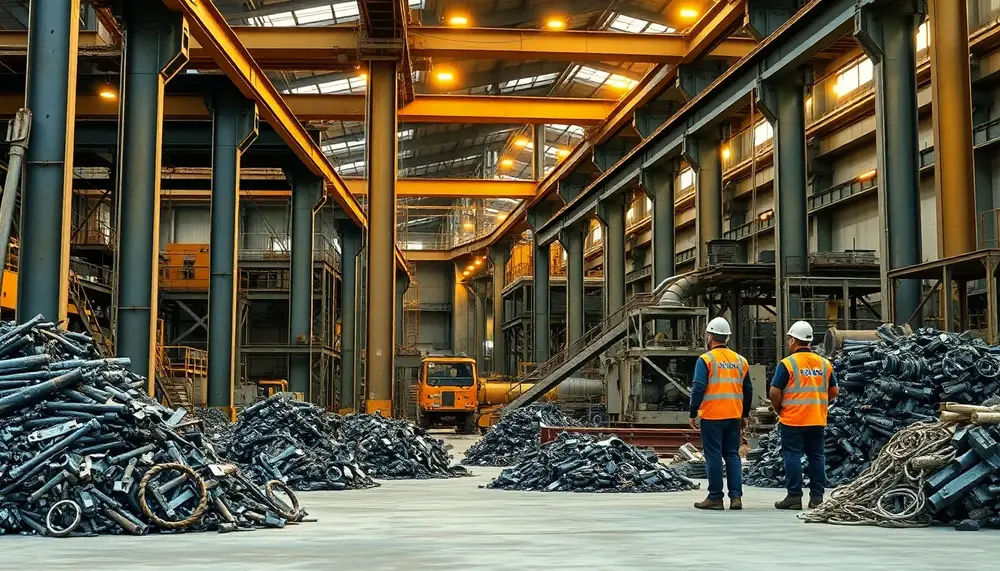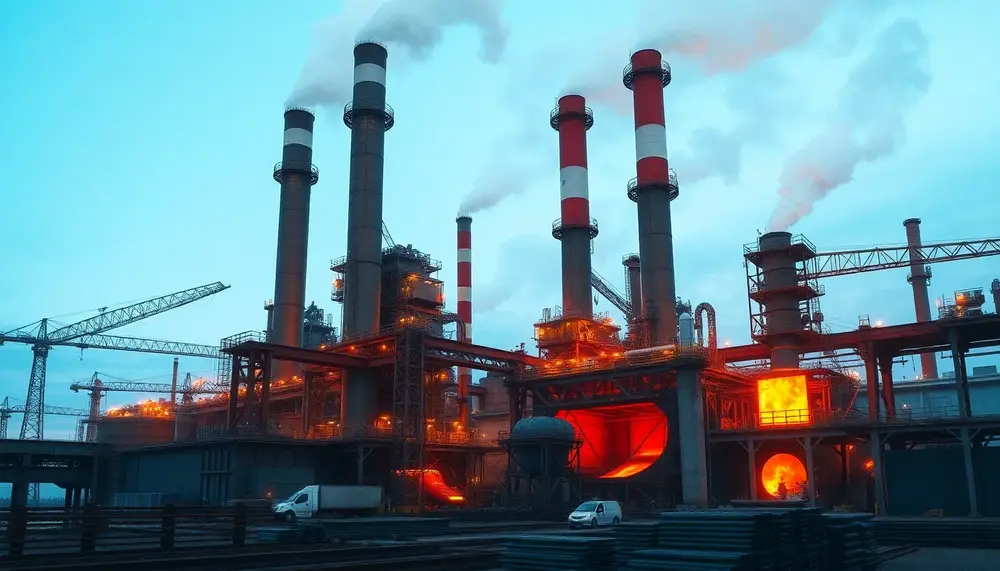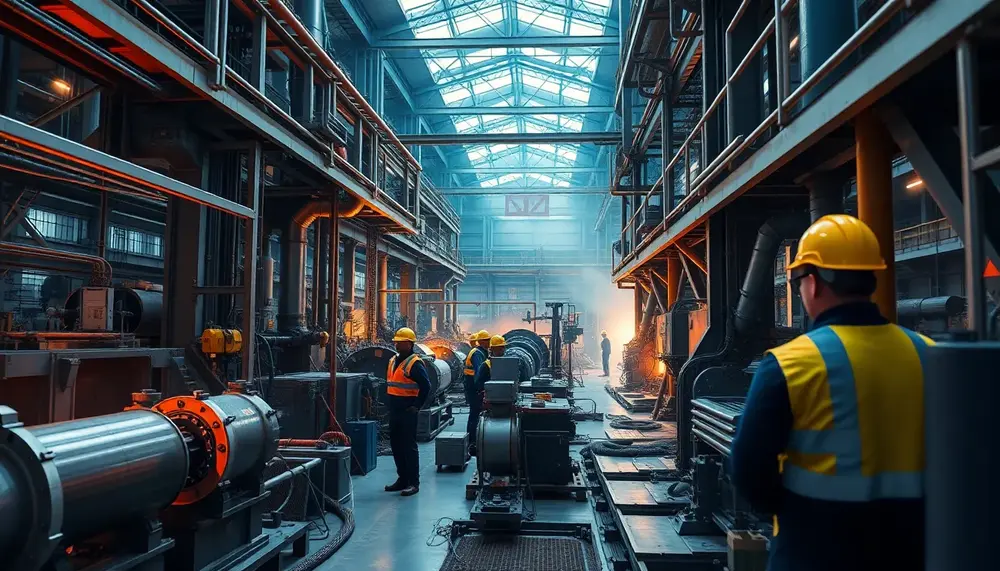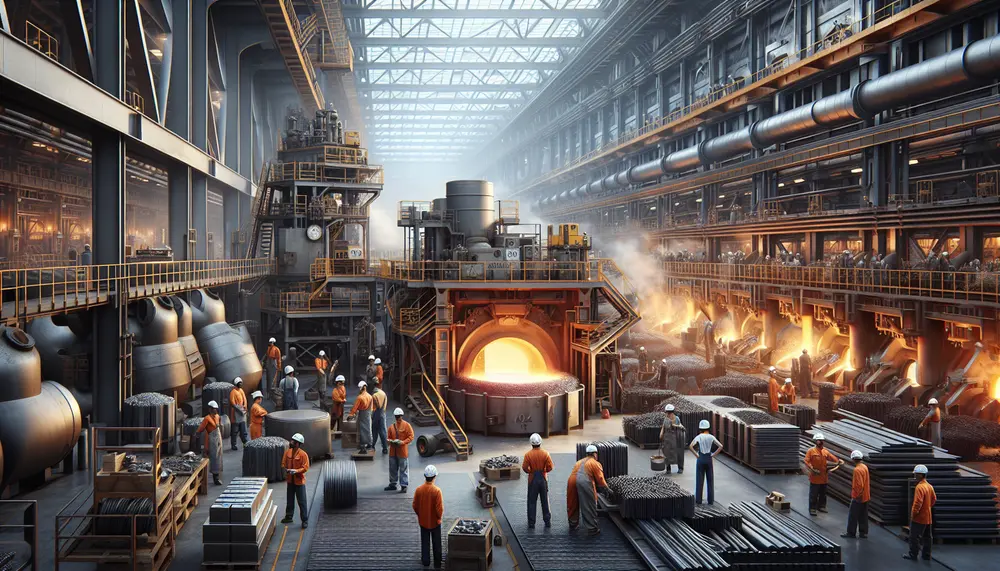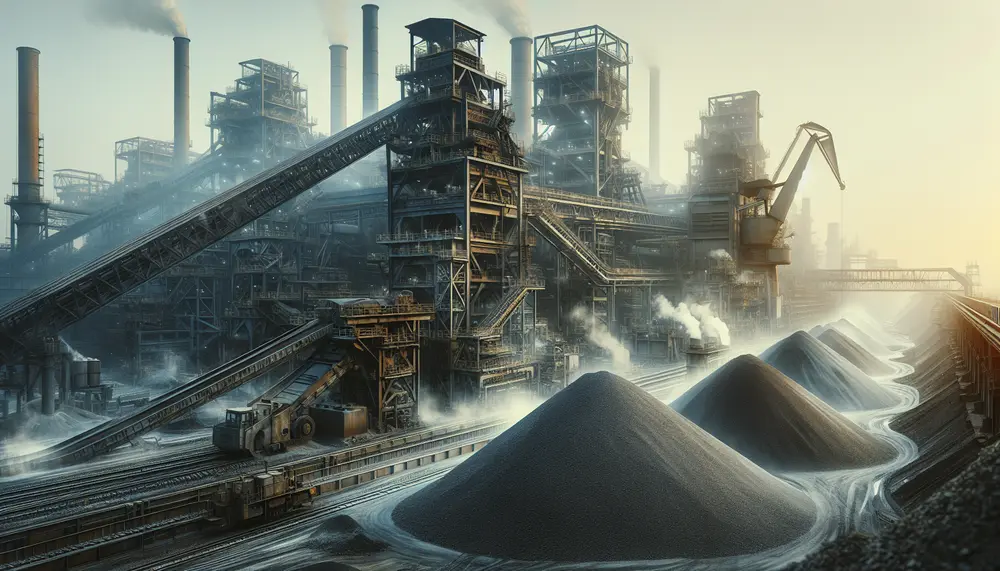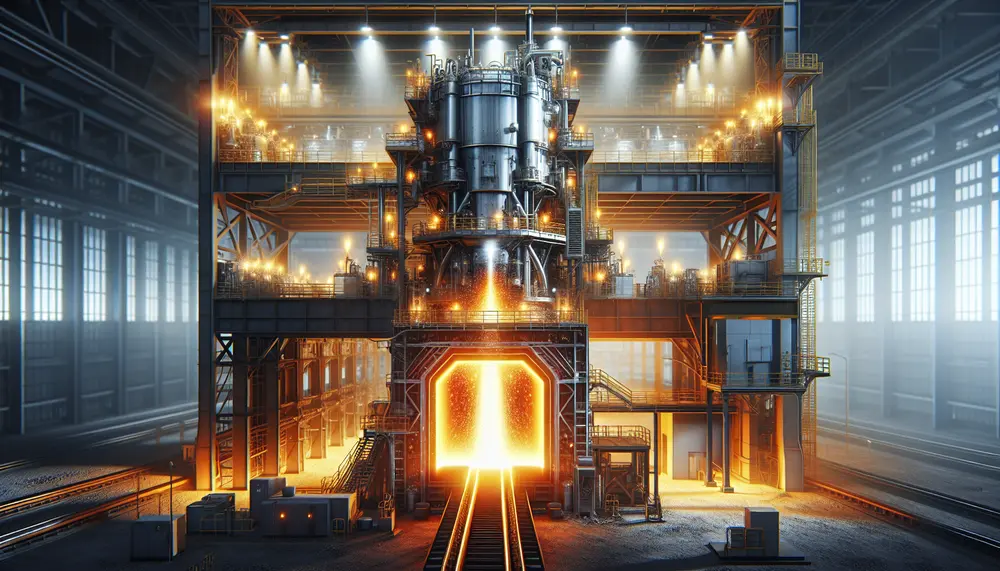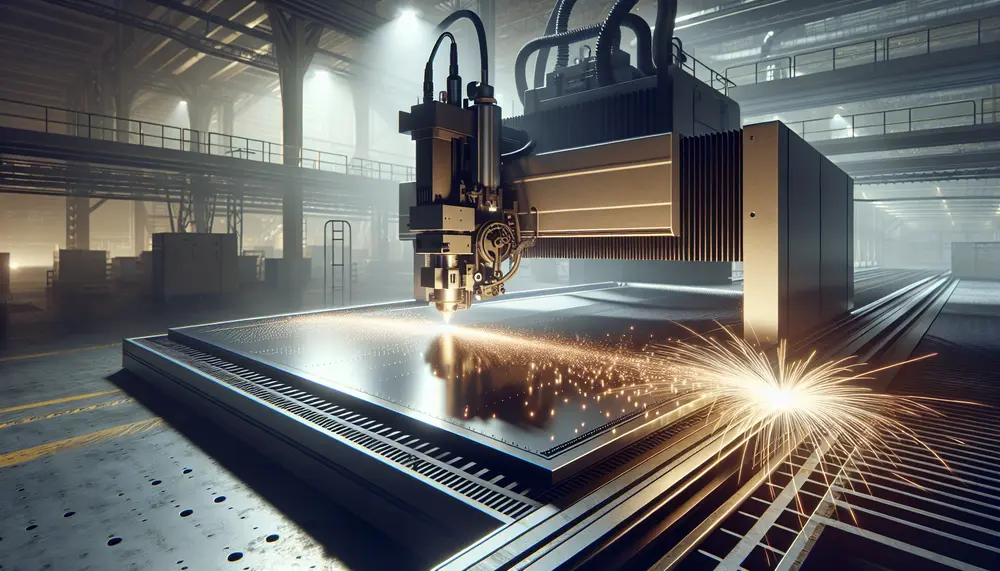Posts on the Topic Waste
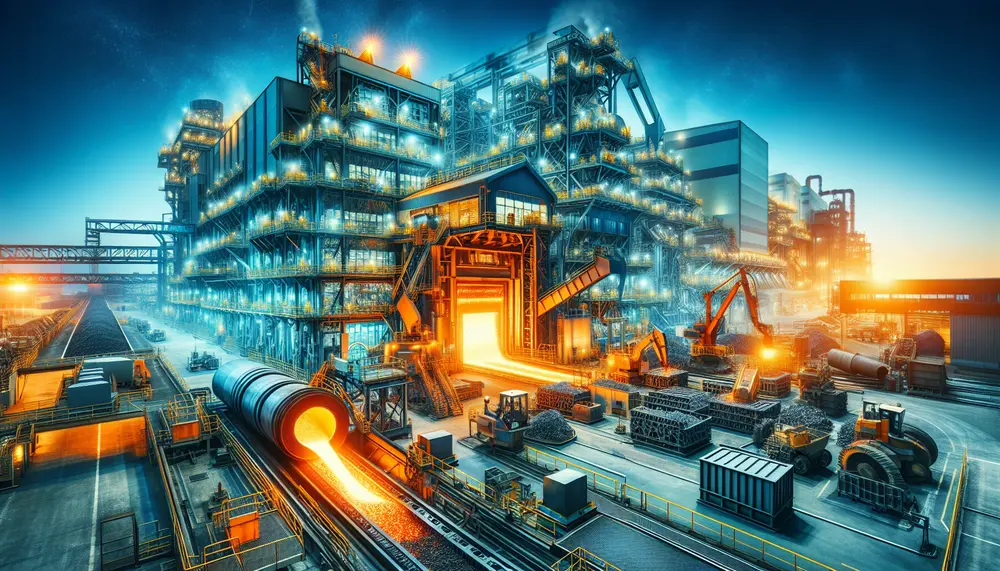
Steel recycling is a detailed process involving collection, sorting, shredding, melting, purification, and casting of scrap steel into new products; it offers significant environmental benefits like energy conservation and CO2 reduction while also providing economic advantages such as job creation...
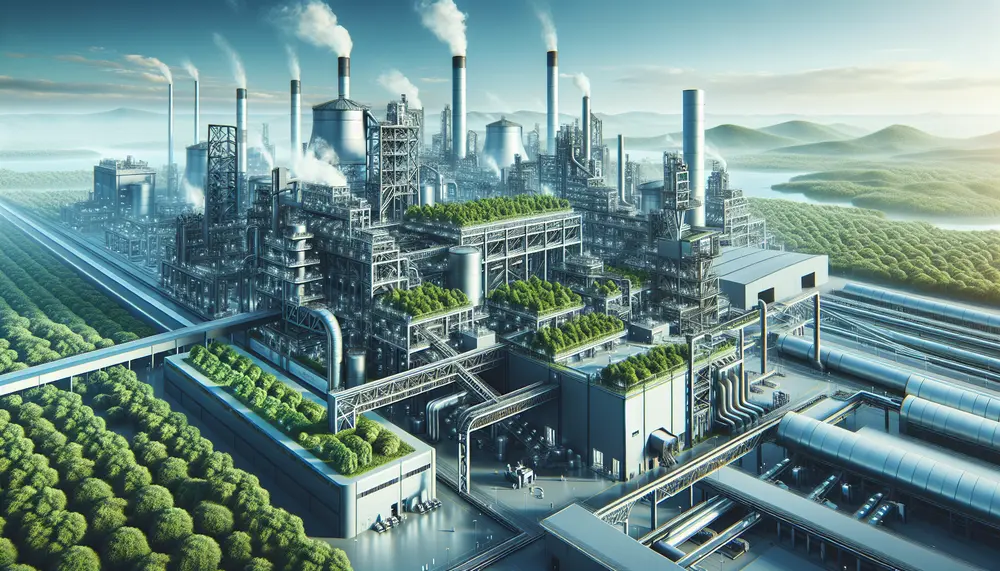
The green steelmaking process aims to reduce the significant CO₂ emissions from traditional steel production by utilizing cleaner technologies and renewable energy sources, including hydrogen. This transition involves optimizing existing processes, adopting new sustainable methods, and fully integrating green hydrogen...
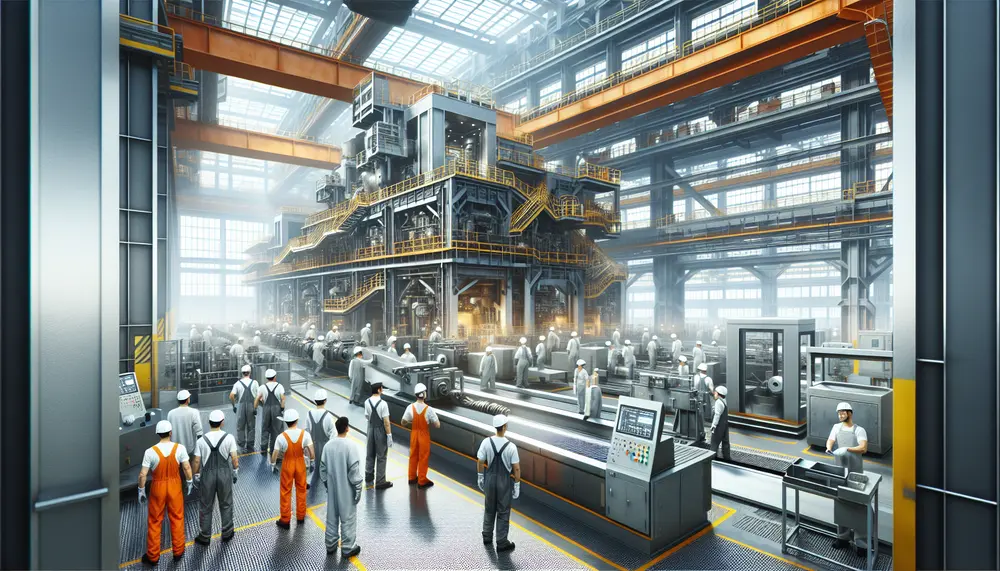
The article discusses the significant environmental challenges of steelmaking, such as high CO2 emissions and energy consumption, and explores innovative solutions like the EPIXC Project's hydrogen-arc plasma technology. It also highlights the importance of recycling in reducing steel production's carbon...
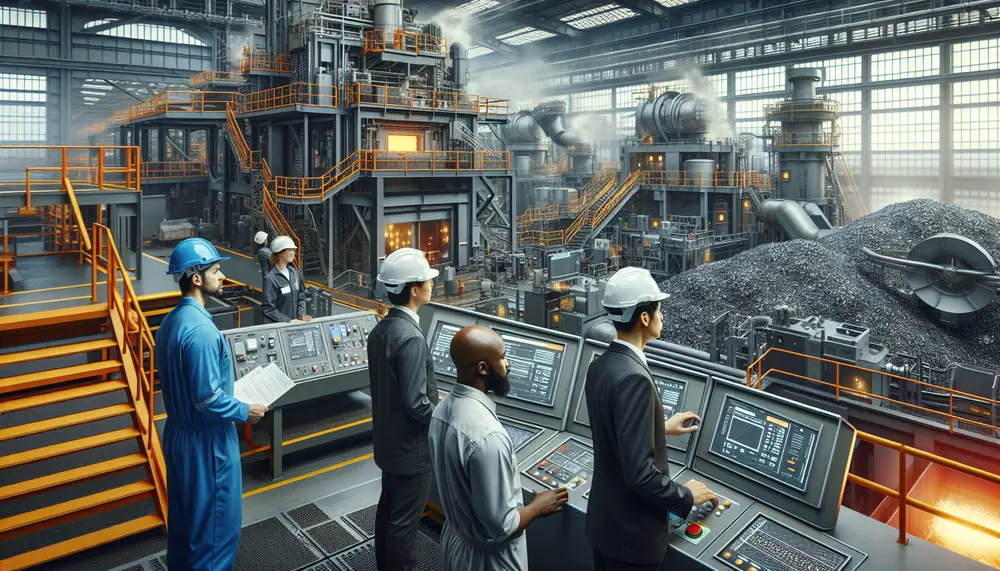
Steelmaking waste, primarily consisting of slag, dust, and sludges from iron and steel production processes, poses significant environmental risks such as groundwater contamination and ecosystem degradation if not managed properly. However, innovative recycling techniques like using slag in concrete or...
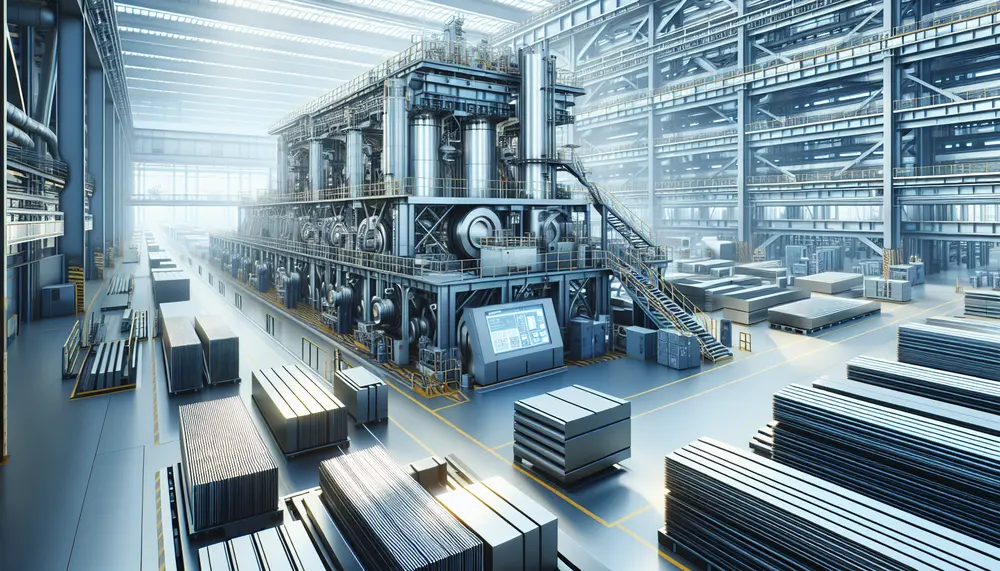
Steel production technology has evolved significantly, with the industry now using advanced methods like blast furnaces and electric arc furnaces to meet global demands. Technological improvements have enhanced quality, efficiency, and sustainability in steel making. The future of steel production focuses...

